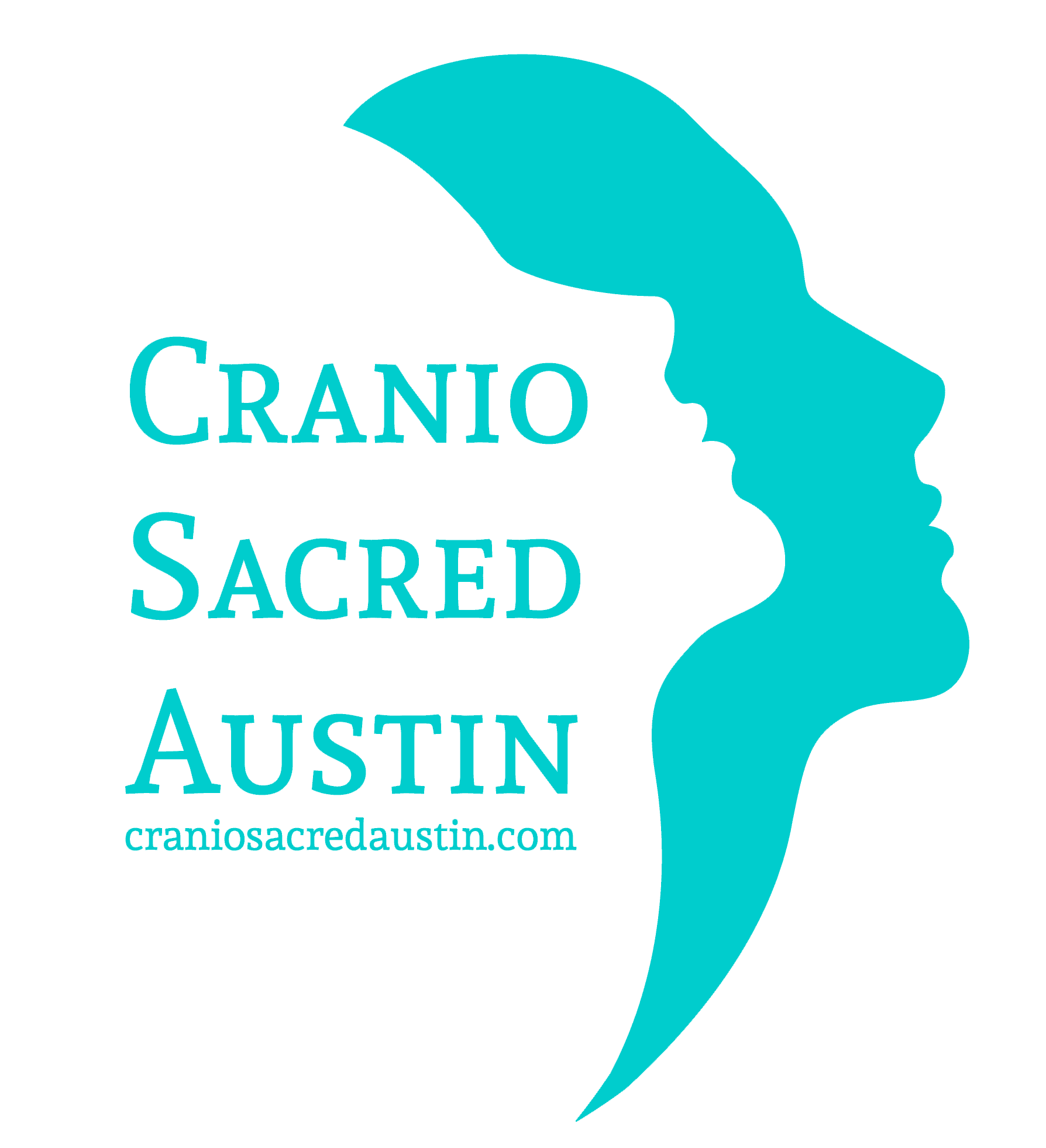If you’ve never heard of “theurgy” then check this video out. I experienced it and I am going to tell you all about it.
Theurgy and Its Historical Significance
Theurgy is a philosophical and religious practice that involves rituals, prayers, and invocation of divine beings to achieve a higher level of spiritual enlightenment. It is a tradition that dates back to antiquity and has been practiced in various forms throughout history. The concept of theurgy is centered around the idea of connecting with the divine and transcending the material world to attain a deeper understanding of the universe and one’s place within it. In this blog, we will explore the origins of theurgy, its principles, and its relevance in the modern world.
The Philosophical Foundations of Theurgy in Neoplatonism
Neoplatonism, a philosophical system that emerged in the late antiquity period, heavily influenced the development of theurgy. Central to Neoplatonism is the belief in a hierarchical cosmic order, with a supreme, transcendent source of all existence. Theurgists in the Neoplatonic tradition sought to ascend this hierarchy through various spiritual practices, such as contemplation, rituals, and the invocation of divine beings. By aligning themselves with the divine realm, practitioners aimed to purify their souls and achieve union with the One. Understanding the Neoplatonic roots of theurgy provides valuable insights into its metaphysical underpinnings and its enduring appeal in contemporary spiritual practices.
The Role of Rituals and Invocations in Theurgy
Rituals and invocations play a crucial role in the practice of theurgy. They serve as potent tools for connecting with the divine realm and effecting spiritual transformation. In the Neoplatonic tradition, rituals were meticulously designed to align the theurgist’s soul. They align with the cosmic order and invoke the presence of divine beings. By following prescribed rites and invoking specific deities, practitioners aimed to purify their souls and transcend the limitations of the material world. These rituals were not mere symbolic gestures but were believed to facilitate a real and tangible connection with the divine, leading to personal growth and enlightenment.
Key Figures and Texts in Theurgical Practice
Throughout history, several key figures have significantly contributed to the development and dissemination of theurgical practices. Prominent philosophers such as Plotinus, Iamblichus, and Proclus played essential roles in shaping the theurgical tradition. Thus, providing profound insights into the methods and philosophy behind these spiritual practices. Their teachings and writings, found in texts like “The Enneads” by Plotinus and “Theurgia” by Iamblichus, continue to serve as foundational texts for contemporary practitioners seeking to deepen their understanding of theurgy. These philosophical giants laid the groundwork for the intricate rituals and invocations that define theurgy. Thus, offering invaluable wisdom that transcends time and remains relevant in the modern spiritual landscape.
Modern Interpretations and Applications of Theurgy
In today’s spiritual landscape, the teachings of ancient philosophers like Plotinus, Iamblichus, and Proclus continue to inspire contemporary practitioners of theurgy. With a renewed focus on personal growth, inner transformation, and spiritual connection, modern interpretations of theurgy emphasize its potential for achieving higher states of consciousness and divine union. Practitioners now adapt traditional theurgical rituals and invocations to suit their individual needs and beliefs. Thus, integrating them into daily practices for spiritual development. By drawing upon the wisdom of the past while embracing current knowledge and experiences, modern theurgy offers a unique and profound path for seekers looking to deepen their spiritual journey and connect with the divine.
Misconceptions about Theurgy and Clarifications
Despite the resurgence of interest in the practice of theurgy, misconceptions still abound regarding its nature and purpose. One common misunderstanding is that theurgy is solely focused on invoking divine entities for personal gain or control. In reality, it aims to cultivate a deeper spiritual connection and advance personal growth rather than manipulate supernatural forces. Another misconception is that theurgy is confined to a specific religious tradition. Whereas in truth, its principles can be applied and adapted across various spiritual beliefs and practices. By clarifying these misconceptions, practitioners can better grasp the true essence and transformative potential of theurgy in their spiritual journey.
Relevance in Contemporary Spiritual Practices
In conclusion, understanding the true essence of theurgy is crucial for those seeking to embark on a meaningful spiritual journey. While misconceptions may cloud its purpose, theurgy offers a valuable framework for deepening one’s spiritual connection and fostering personal growth. Its adaptable nature allows individuals from diverse religious backgrounds to benefit from its principles. By embracing the transformative potential of theurgy, practitioners can navigate the complexities of contemporary spiritual practices with clarity and intent. As we continue to explore ancient wisdom in modern contexts, theurgy serves as a timeless guide for those seeking profound spiritual experiences and inner illumination.



